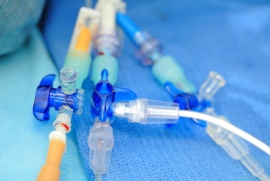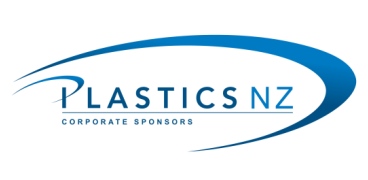Healthcare

We can only wonder where we would be today without plastic medical products. Tamper proof caps, surgical gloves, disposable syringes and IV bags are a small sample of products that help keep the medical industry a safer place for us all. Many of the medical breakthroughs of the last 50 years have meant that we live longer and healthier lives thanks to the use of plastics in medicine.
Plastics prevent infection
Many of the advances in medicine can be put down to the use of sterile plastics and plastic medical disposables which prevent infection, are cheap to produce and easy to replace. The array products includes bed pans, insulin pens, IV tubes, surgical and examination gloves, inhalation masks, tubing for dialysis, disposable gowns, wipes and droppers to name a few. The use of plastic materials in healthcare is almost endless. They allow us to keep the rates of infection down and can be directly attributed to the use of sterile plastic packaging and plastic medical disposables in medicine.
Medical researchers are always looking at ways of reducing infection and the development of antimicrobial plastic which helps stop the spread of diseases is just one example. Antimicrobial plastic can repel and even eradicate bacteria on surfaces are regularly touched, preventing infections. Whilst it is early days for this innovative product it has the potential to help medical professionals and patients prevent infection and stay healthy longer.
Innovative medical devices
Plastics allow the medical profession to develop new and improved medical devices to prolong, improve and save lives. Examples include catheters (thin tubes) which unblock blood vessels, artificial hips and knees use plastics to help provide smoothly working, trouble-free joints, stents, artificial corneas which can restore sight and hearing aids which can be implanted and transforms acoustic impulses into electrical ones, bypassing the damaged cells and stimulates the auditory nerve directly
Alongside this, plastics are being used to replace metal instruments and medical devices, because plastics can be moulded into more intricate shapes and come with a lower cost of production. Plastic components are a viable alternative to metallic parts and devices that can wear out prematurely and cause patients discomfort or pain.
Many of today's most innovative medical procedures are dependent on the use of plastics.
